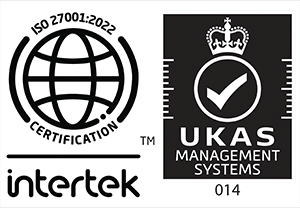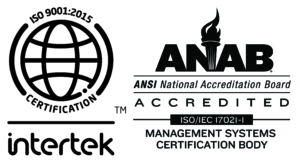LDAR analyzers (like the TVA-1000B and the phx21) are typically operated with multiple filters in place. Filters are positioned in various places, including at the probe tip. Process environments (where LDAR programs are conducted) are prone to a wide variety of factors (such as dust, dirt, chemicals, etc.) that can either damage the analyzer or compromise its accuracy. Thus, the importance of filters.
The problem is that, in order to protect the LDAR analyzer from the contaminating particles, the probe tip filter, for instance, has to “trap” the offending particles. In other words, the filter doesn’t eliminate the contaminant; it catches it and holds it- right there in the middle of the sample flow.
As the filter does its job, the contaminants accumulate on the surface of the filter. The result of this accumulation is that the passage that the filter is defending starts to get clogged by the foreign particles. This means less of the sample passes through. The accuracy of the results of the analyzers (expressed in PPM) starts to suffer.
The deterioration of the accuracy of the analyzers is completely hidden from the technician. Unless she is constantly vigilant about the condition of the filters, the contamination will occur and the accuracy of the readings will suffer.
Testing has confirmed that, when monitoring a known gas of 500ppm, a TVA will continue to operate and display readings without providing any warning or indication until the filter is so clogged that the readings have deteriorated by as much as 90%- at which point the TVA will flame-out. In other words, we have seen a TVA, with a clogged probe-tip filter, generate readings of 45ppm when sampling a 500ppm gas.
This is also a primary reason why drift assessments are so integral to the efficacy of an LDAR program- UNLESS your technicians are changing out filters right before they perform the drift assessment.
Are they?
If you would like to learn more about LDARtools’ new PATENTED solution to the challenge of maintaining LDAR integrity in the face of filter contamination, watch this space!





Leave a Reply
Want to join the discussion?Feel free to contribute!